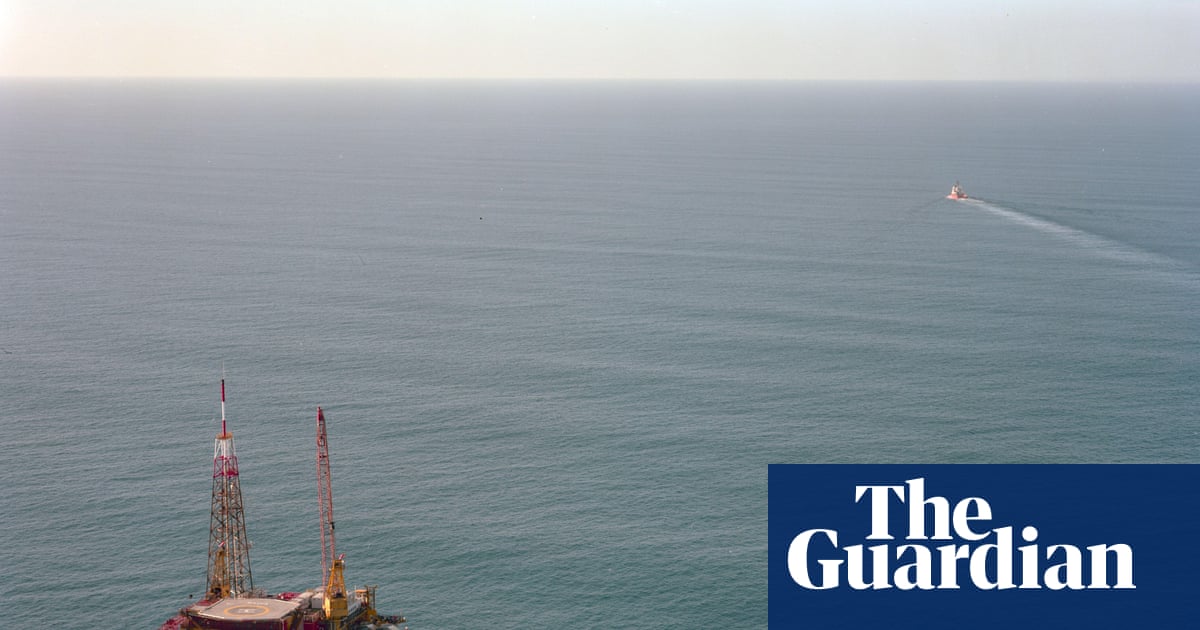New Zealand’s oceans are warming 34% faster than the global average, with NZ$180bn (US$104bn) worth of housing at risk of flooding, a new report about the nation’s marine environment has revealed.
The ministry of the environment and Stats NZ’s three-yearly update, Our Environment 2025, collates statistics, data and research across five domains – air, atmosphere and climate, freshwater, land, and marine – to paint a picture of the state of New Zealand’s marine environment.
The latest in the series, Our Marine Environment 2025, painted a sobering picture for the country’s oceans and coasts – one defined by warming and rising seas, intensifying marine heatwaves and ocean acidification, brought about by global heating.
“Climate change isn’t just something far and distant … it has impacts on our ocean and on our coast,” Dr Alison Collins, the ministry’s chief science adviser, told the Guardian.
“The coastal zone is under a real squeeze … and the importance of that coastal environment is absolutely critical – it’s what we rely on in terms of our homes, our communities, our livelihoods and ultimately our connection to place.”
The report presented a wide array of risks associated with the marine changes, including threats to indigenous marine species, coastal inundation and flooding of homes, as well as stronger and more devastating storms, and risks to communities and the economy.
It noted 219,000 homes worth $180bn were located in coastal inundation and inland flood zones, while more than $26bn worth of infrastructure was vulnerable to damage. About 1,300 coastal homes could face significant damage from extreme weather.
A house destroyed by coastal erosion and rising sea levels at Hawkes Bay, New Zealand. Photograph: Geoff Marshall/Alamy
Some regions will experience a rise of 20cm to 30cm in sea levels by 2050, a tipping point for some communities, Collins said.
“Sea levels that reach that height mean that a coastal storm that used to happen every 100 years could start happening every year,” she said.
The world’s oceans have been absorbing about 90% of the extra heat created from the human-caused climate crisis.
New Zealand is bearing the brunt of these warming seas because of its position in the ocean, which makes it more vulnerable to atmospheric circulation and changes in ocean currents.
Between 1982 and 2023, New Zealand’s sea-surface temperatures in its four ocean regions increased, on average, 0.16 to 0.26 degrees Celsius per decade, and its rate of ocean warming outstripped global averages by 34%.
Coastal waters are also warming faster than the global average, it said.
Meanwhile, the Subtropical Front – the boundary between cold subantarctic water and warmer subtropical water that is biologically and economically significant – has moved 120km west, the report said, noting it was the first time a shift in large-scale ocean circulation around New Zealand had been observed.
The shift, which is driven by warming water, will have “huge impacts” on ecosystems, the food-web and on species such as corals, sponges, kelp and fish, Collins said.
Ocean acidification and warming are also affecting the country’s fishing and aquaculture industries – which contribute $1.1bn to the economy – and can lead to toxic algae bloom in shellfish. Marine heatwaves, meanwhile, are becoming more intense, longer lasting and more frequent.
New Zealand has been hit with unprecedented marine heatwaves in recent years, which have been linked to mass sea sponge bleaching, die-offs of southern bull kelp, large scale fish strandings and penguin deaths.
Monitoring and research into the marine environment was growing but there were still gaps in understanding, the report noted, adding that more comprehensive research would reduce risk to people, foster climate resilience, and promote sustainability.
Of particular concern was a lack of understanding into how climate change, oceans, severe weather events and ecosystems interact, Collins said.
“It is a bit like pulling a thread from a fabric and the whole thing can sort of fall apart – understanding those interactions is perhaps the biggest blind spot for us.”

